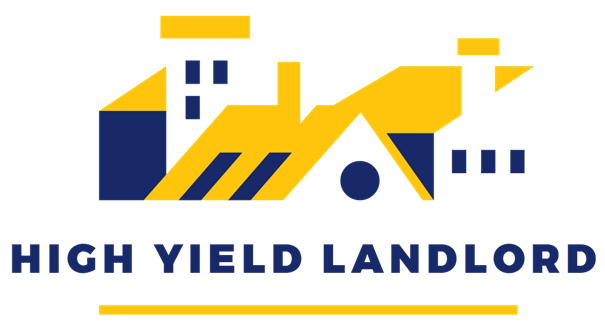TRADE ALERT - Core Portfolio March 2024
TRADE ALERT - Core Portfolio March 2024
Earlier this week, we bought more shares of Modiv Industrial (MDV) and explained that we think that it has the potential to generate significant returns over the coming years because it is one of a few REITs that combine:
High yield
High growth potential
And upside potential
Right now, its valuation is low (11x FFO) and the dividend yield is high (7.7% dividend yield) because its near-term growth prospects are limited.
However, if the management manages to convince the market that it deserves even just a slightly higher FFO multiple, it will be able to issue equity and make accretive acquisitions because cap rates in its sector are abnormally high. Since it is very small in size, the impact of these new acquisitions could be very significant to its bottom line, and this growth would then likely lead to an even higher valuation multiple, which would then increase the size of its spreads even further. It then becomes a self-reinforcing cycle: issue shares, buy properties at a positive spread, grow FFO per share, the market rewards you with a higher multiple... issue more shares, earn even larger spreads, your growth accelerates, the market rewards you with an even higher multiple, etc.
This is how some small-cap REITs rapidly turn into much larger REITs and early investors earn huge returns in the process.
A great example of that would be Canadian Net REIT (NET.UN:CA), which is a micro-cap net lease REIT that we own in our International Portfolio. Up until its recent crash, it had been one of the most rewarding REITs of the past decade because it was able to close highly accretive acquisitions which coupled with its small size resulted in very rapid growth in its FFO per share:
At the same time, its FFO multiple expanded and the REIT paid a high dividend yield, resulting in huge returns for investors.
Another example of this is Innovative Industrial Properties (IIPR), which is the leader in the Cannabis sector. When it came public, the REIT's valuation was fairly low, but eventually, the market warmed up to it, and the REIT started to acquire cannabis cultivation facilities at 12-14% cap rates, resulting in massive spreads relative to its cost of capital. Investors then saw the rapid growth, bought more shares of it and this expanded its valuation multiple, resulting in massive returns for shareholders:
This brings me to…
Keep reading with a 7-day free trial
Subscribe to High Yield Landlord to keep reading this post and get 7 days of free access to the full post archives.





